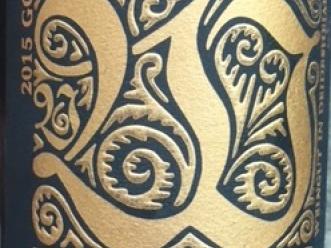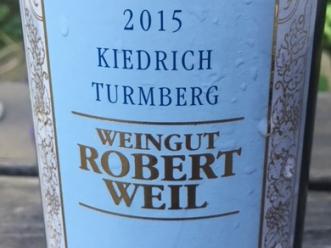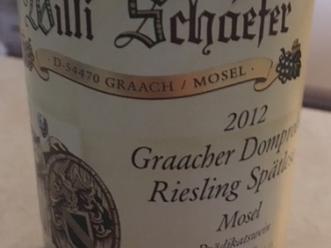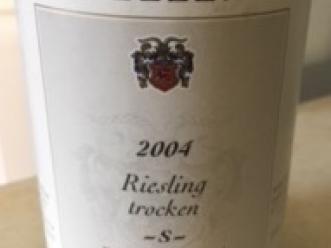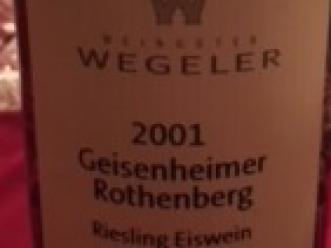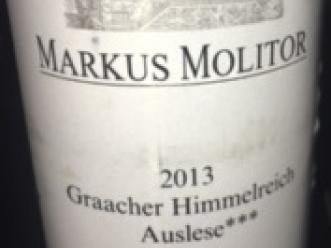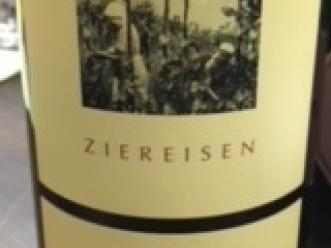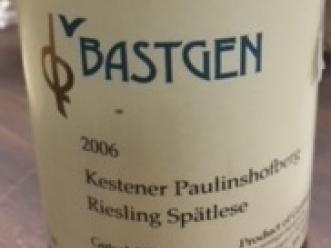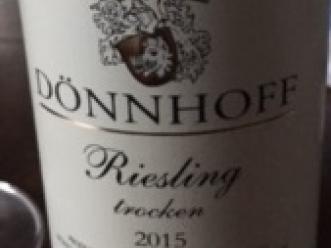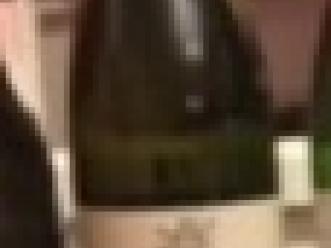2015 von Winning Forster Pechstein Riesling Großes Gewächs Trocken, Germany, Pfalz, Wine Review
My first time trying this winery and I was very impressed though it had issues. Golden in color, with a slightly green hue to it. The nose smelled like fireworks or gun powder. I lovve that smell but it was a bit controversial. It also had a sweaty, wet wool sock note to it. In short, there seems to be a lot of sulfur showing here not too unlike how JJ Prums used to show a decade or so ago when the wines were young. None of that bothered me personally. There is also some lemon and wet rocks. On the palate, this has a nice texture. None of the sulfur carries thru to the palate. Lem

